Life in rural areas after the war was characterised by two phenomena: agrarian reform, which had a different character in this region (abolition of the colonisation system and restitution of farms sold at auction during the Fascist period), and the introduction of various forms of cooperative organisation. In November 1945 a district economic cooperative was established in Koper, with branches in individual villages. In June 1947 a cooperative association was established at the (wider) district level to coordinate the work of the newly established cooperatives. The first cooperatives were people’s purchase-and-sale cooperatives, whose task was to distribute food, buy agricultural produce and sell commercial goods of all types. Following a reorganisation in the winter of 1947–48, agricultural purchase-and-sale cooperatives began to be set up by almost every local committee. In 1951 and 1952 these were renamed general agricultural cooperatives and began to combine with those of other villages. Subsequent development led to liquidations of cooperatives and the establishment of social agricultural holdings. In the period 1947–1953 agricultural cooperatives also operated. The cooperative system did not, however, prove effective in rural areas.
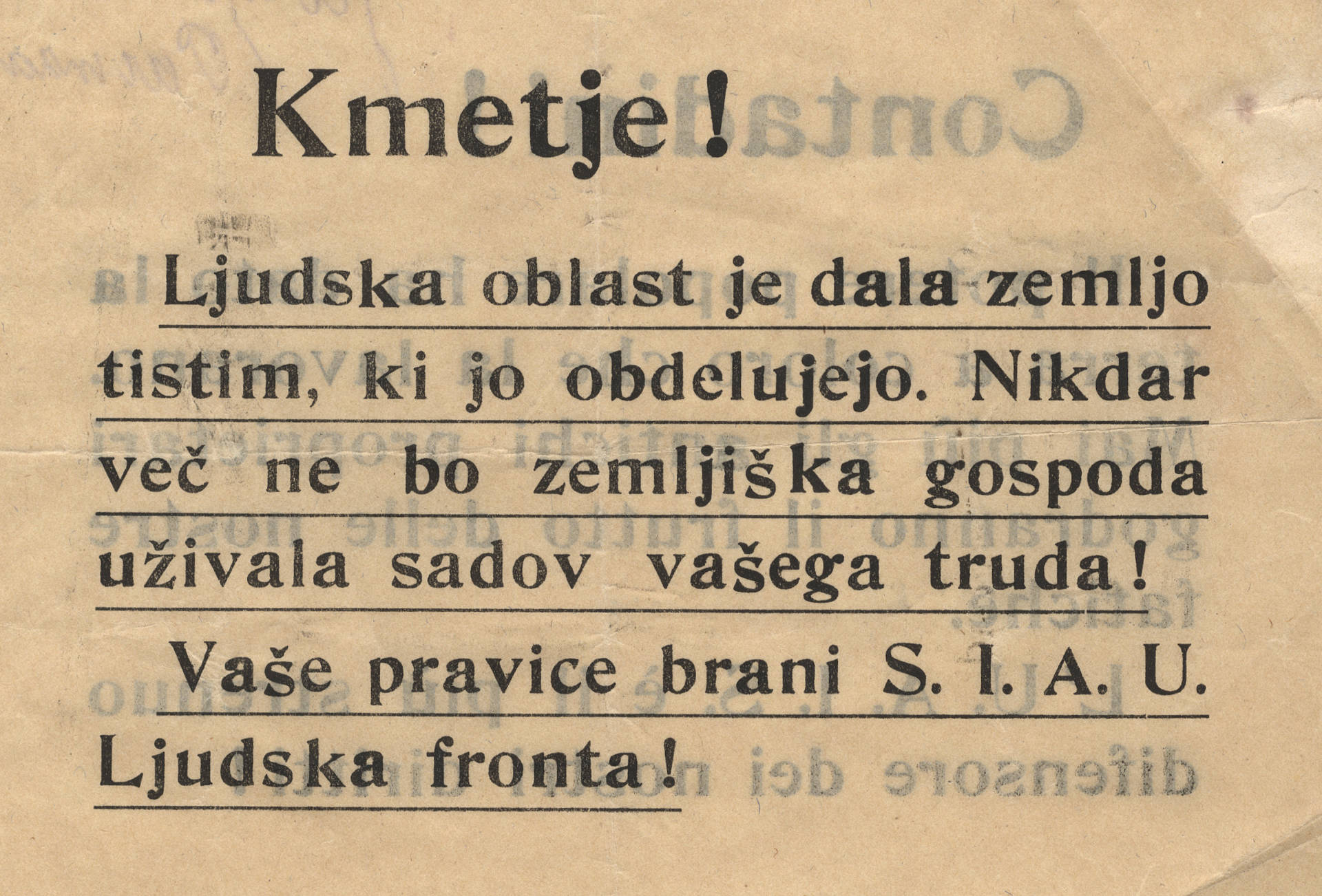
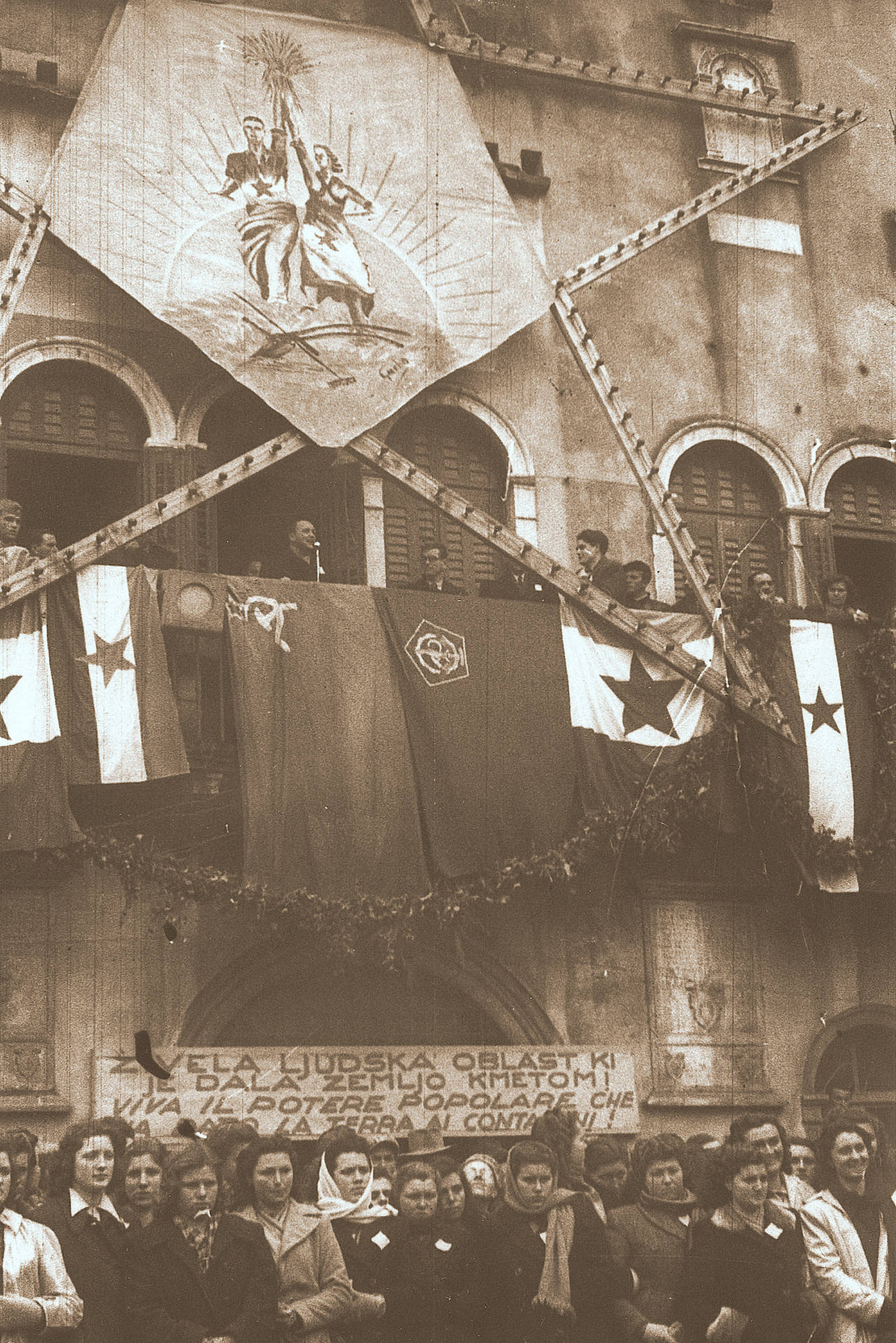 Koper, 9 February 1947. The agrarian reform was officially completed the day before the signing of the peace treaty with Italy. It was celebrated with a ceremonial rally and the unveiling of a commemorative plaque.
Koper, 9 February 1947. The agrarian reform was officially completed the day before the signing of the peace treaty with Italy. It was celebrated with a ceremonial rally and the unveiling of a commemorative plaque.
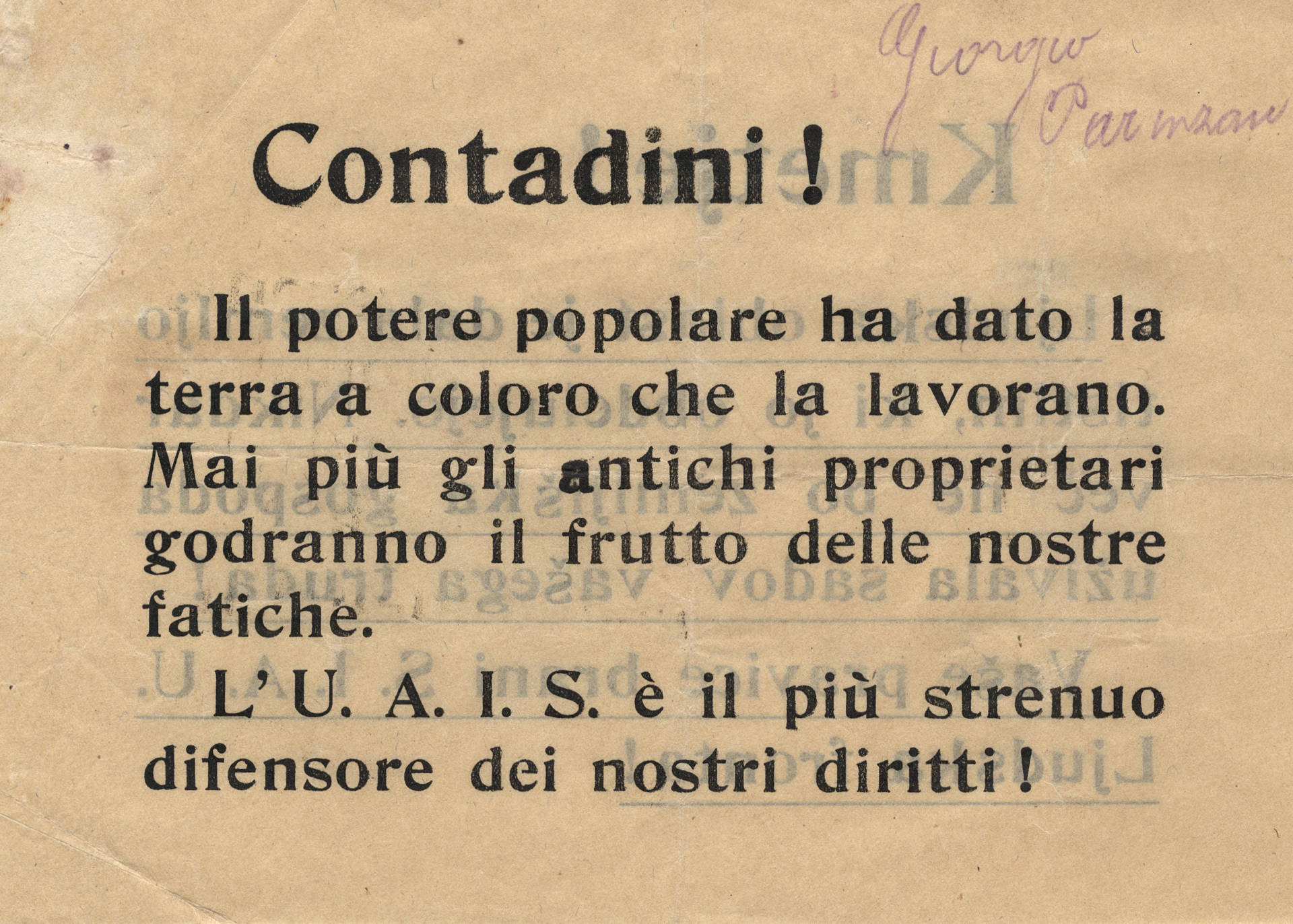
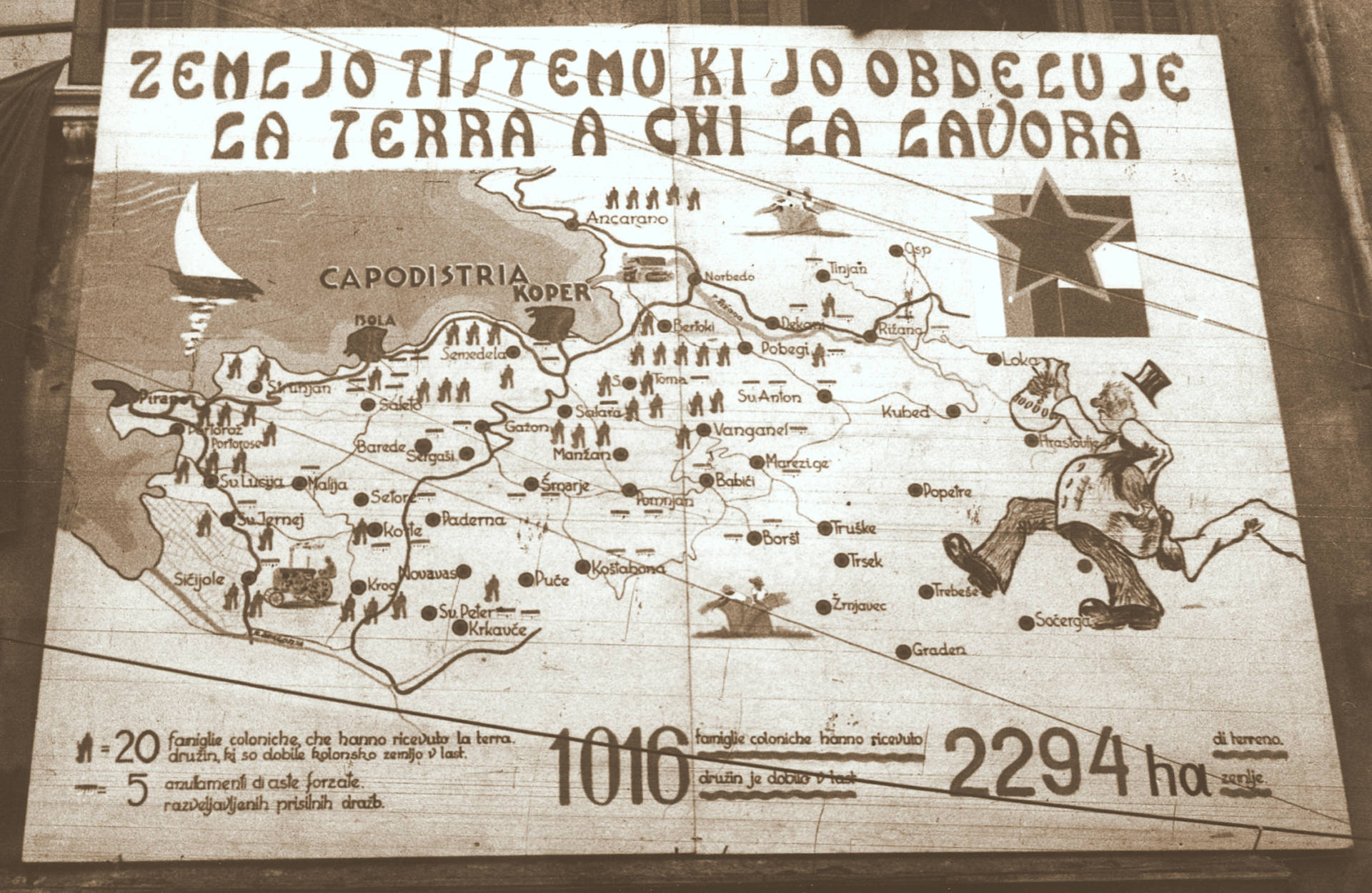
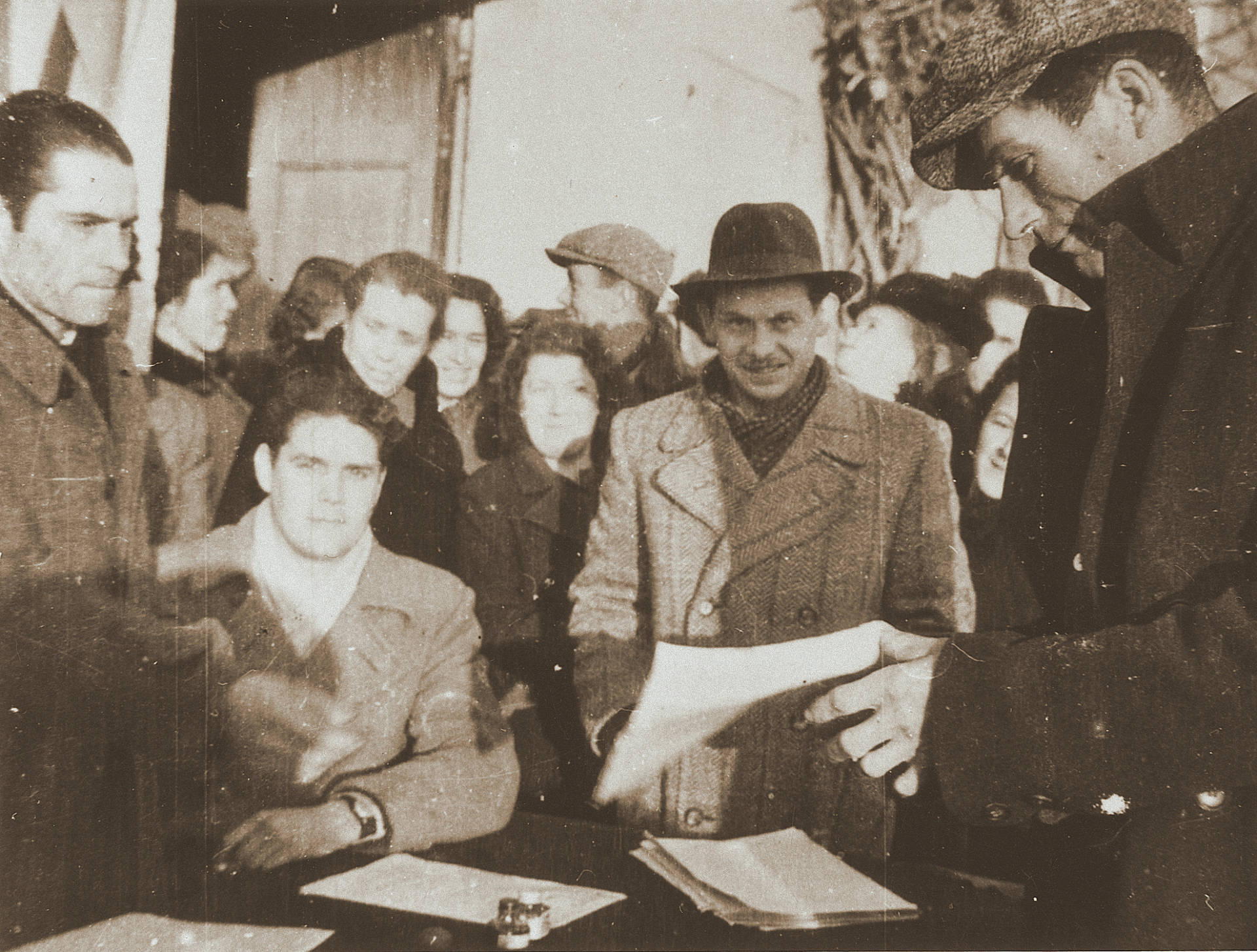 Distribution of ordinances.
Distribution of ordinances.
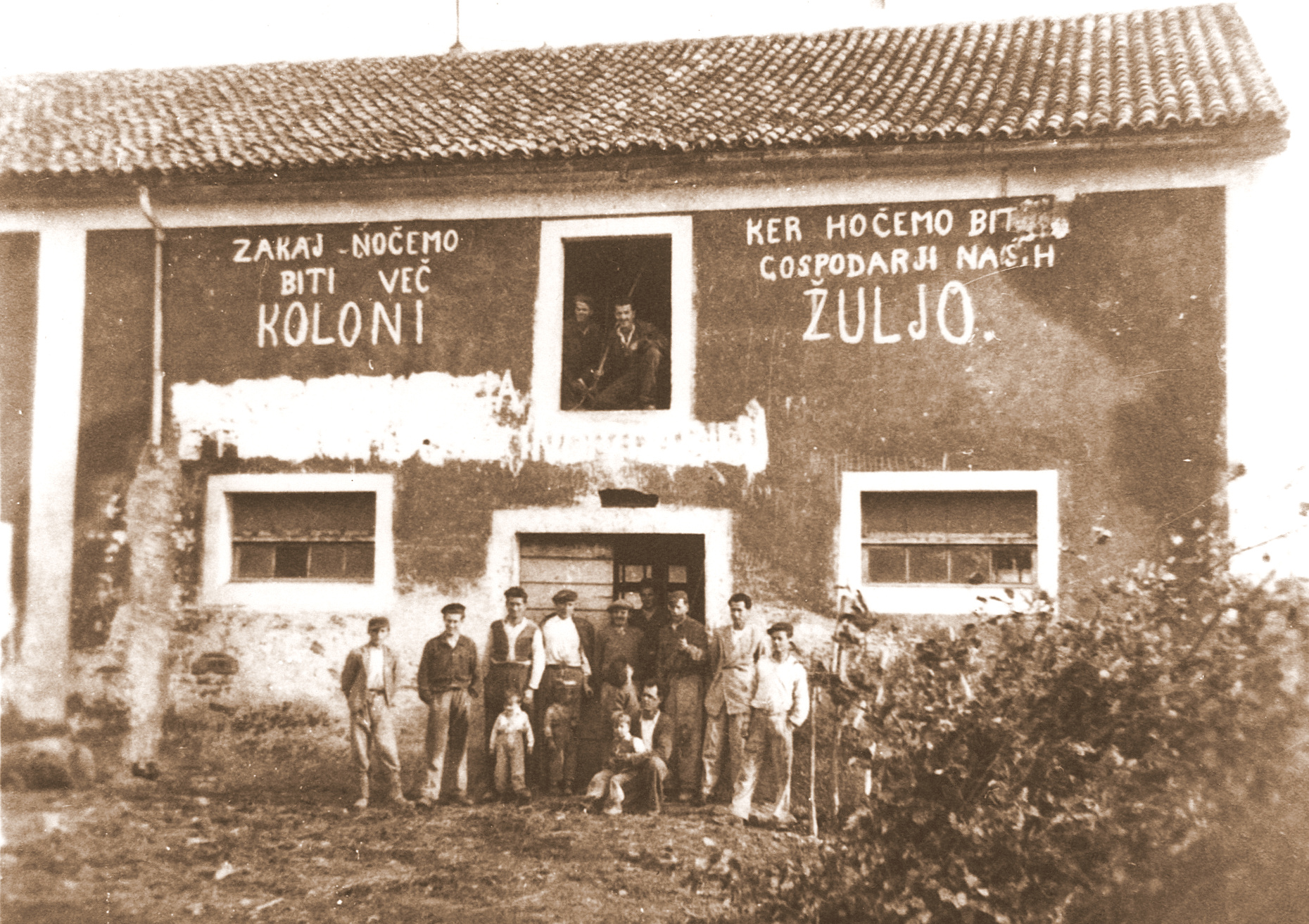 Krog pri Sečovljah, 1946 – the Ernestini family, colonists.
Krog pri Sečovljah, 1946 – the Ernestini family, colonists.
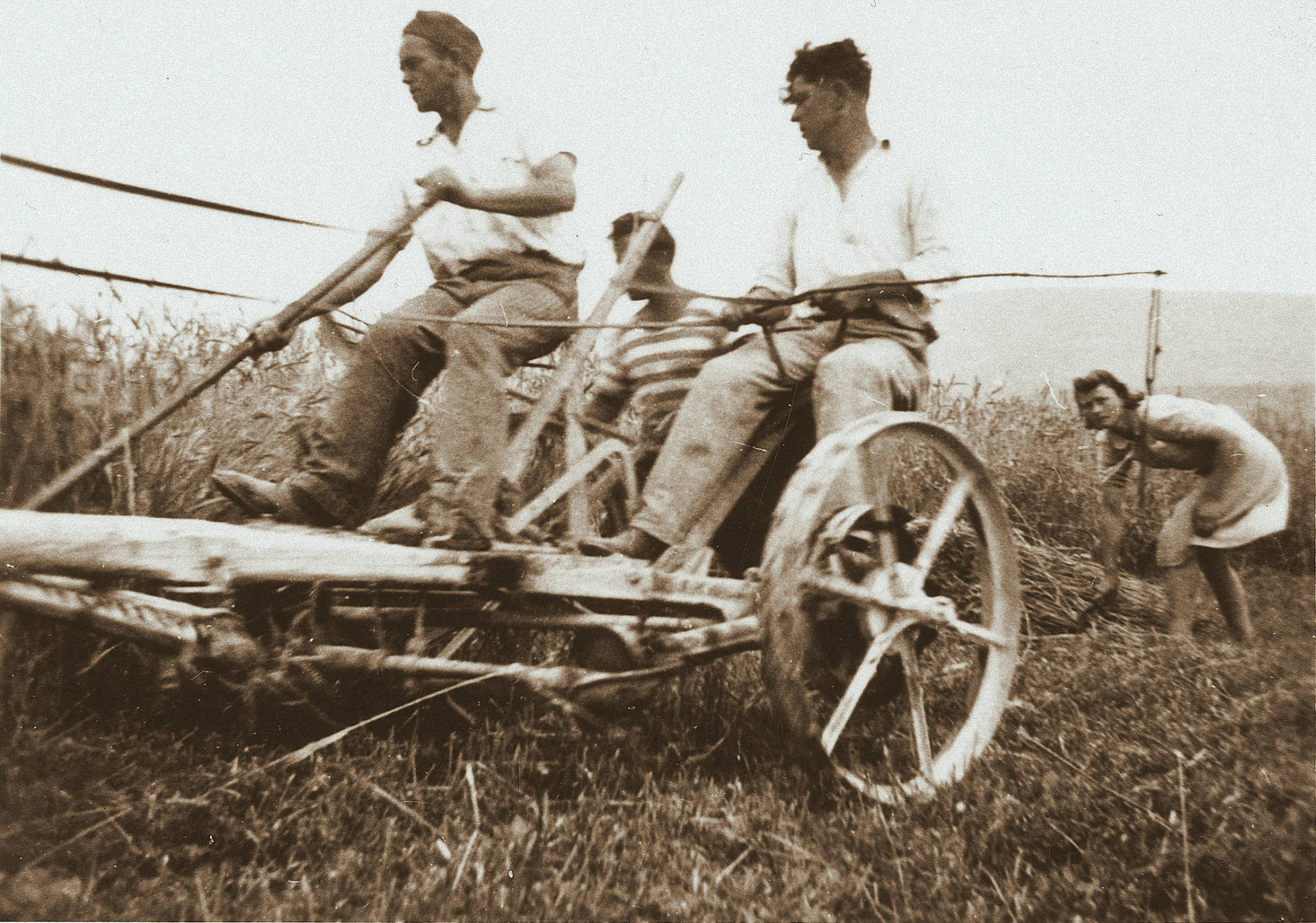 Puče – members of the Puče-Krkavče agricultural cooperative.
Puče – members of the Puče-Krkavče agricultural cooperative.
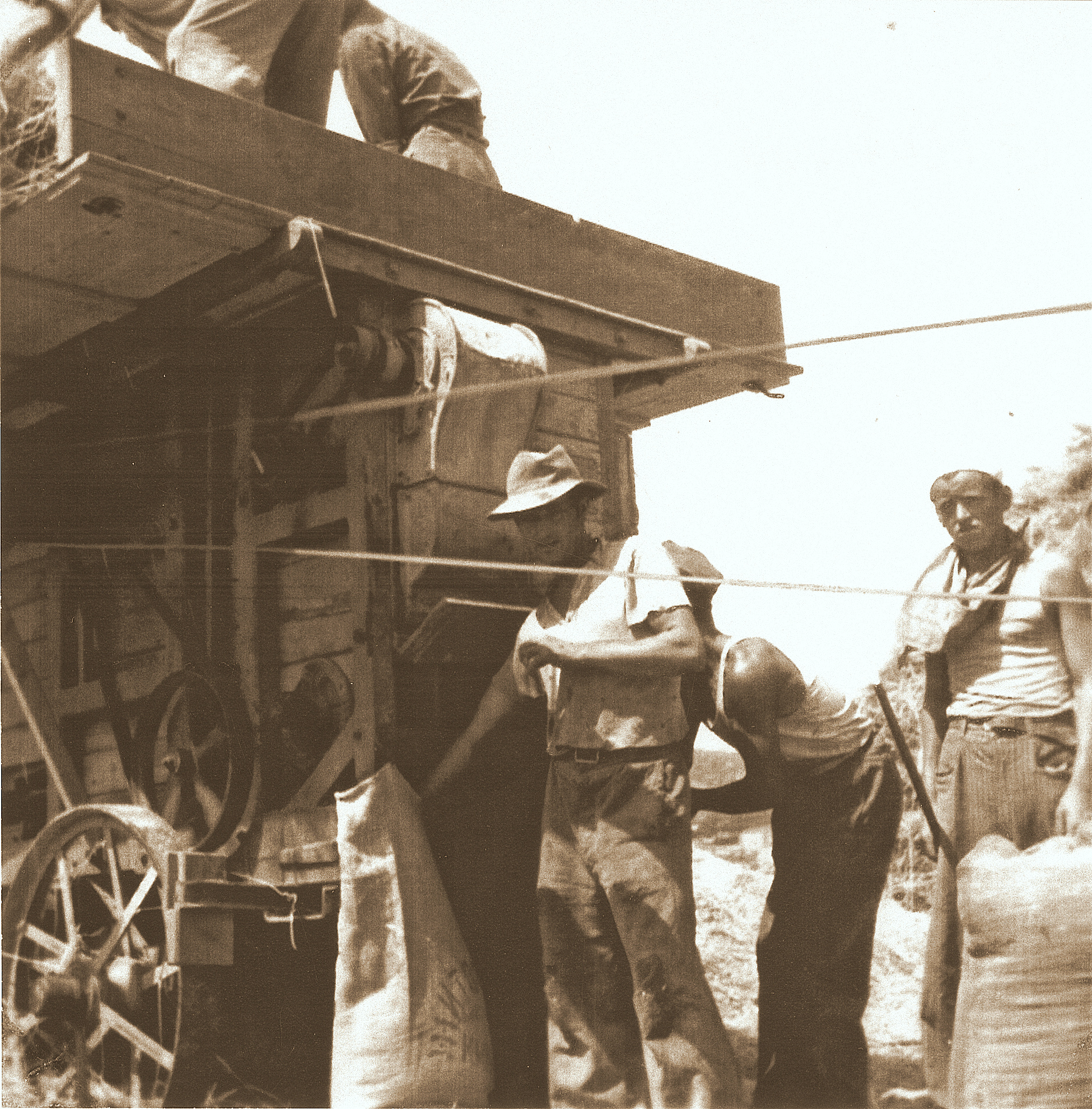 Babiči – members of the cooperative threshing corn. A sack was filled every seven minutes.
Babiči – members of the cooperative threshing corn. A sack was filled every seven minutes.
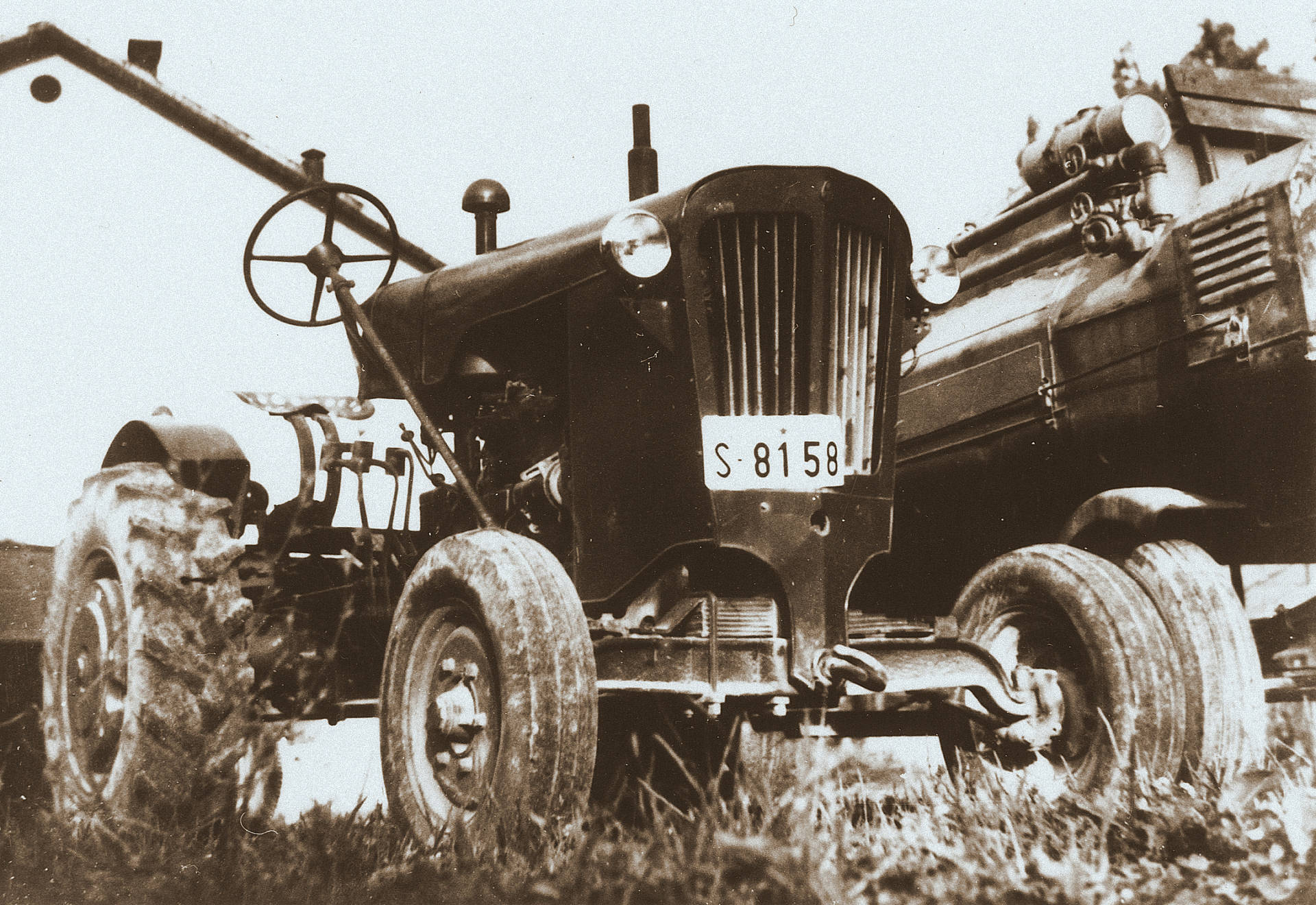 One of the first tractors in Slovene Istria.
One of the first tractors in Slovene Istria.
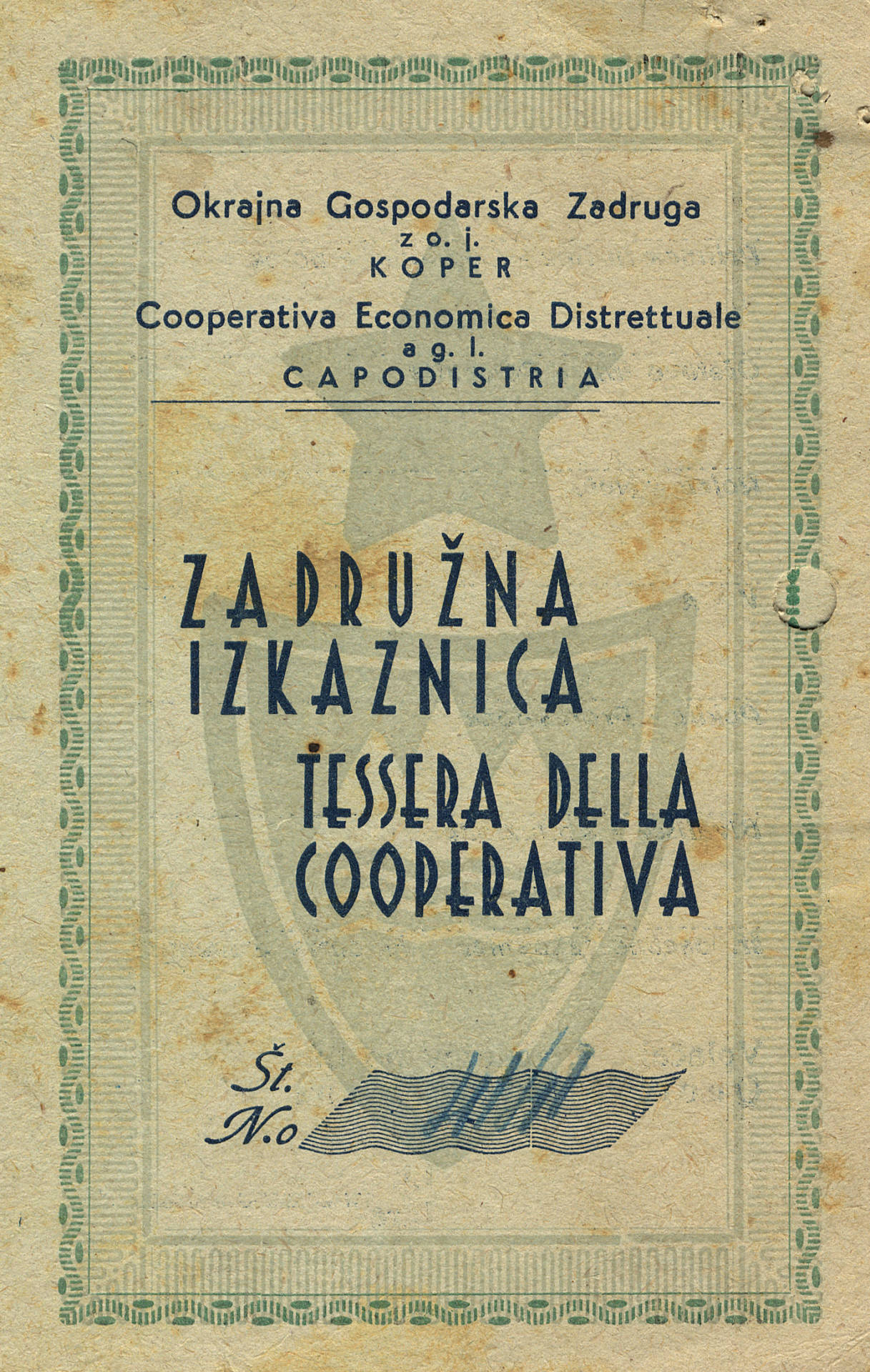
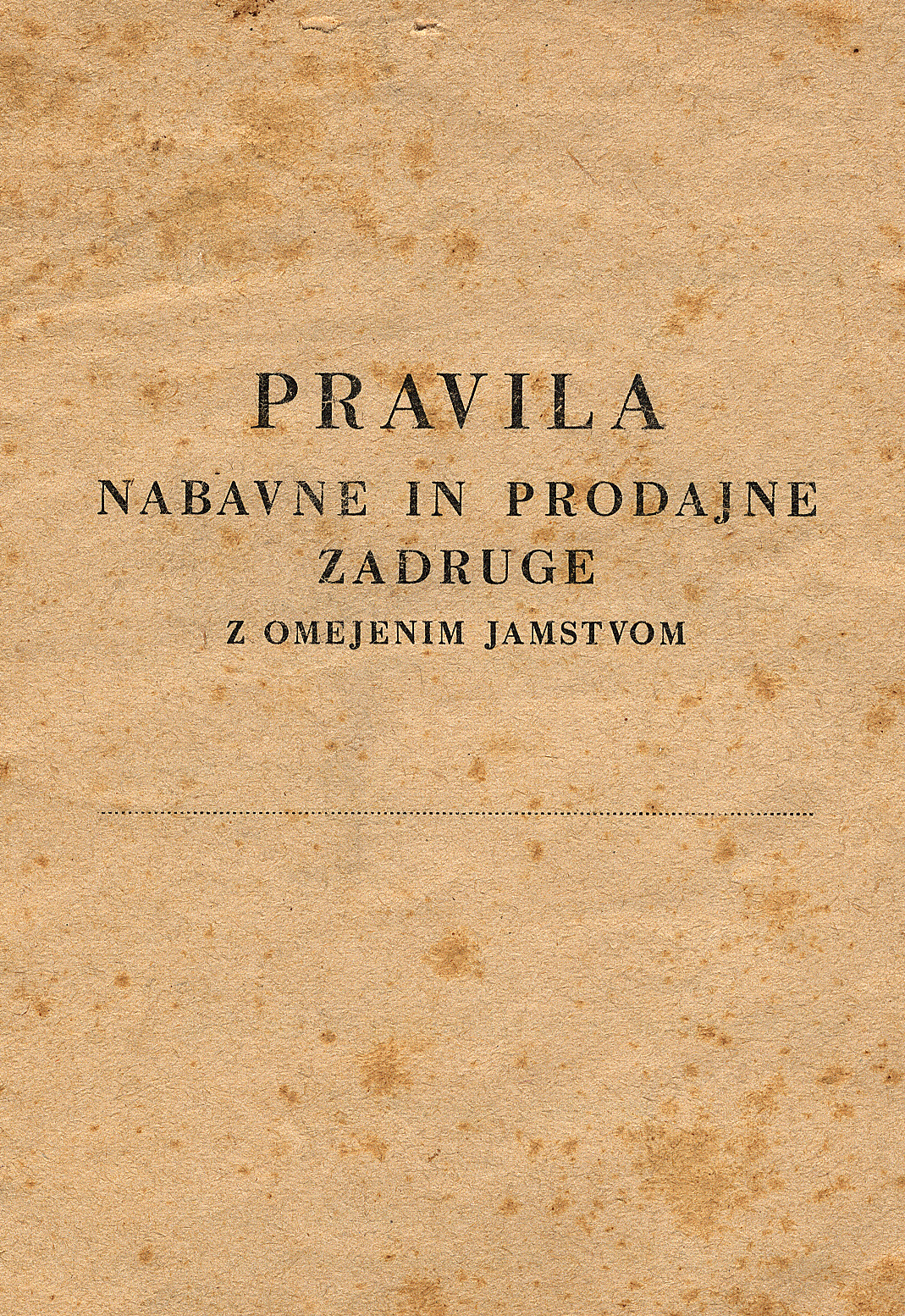
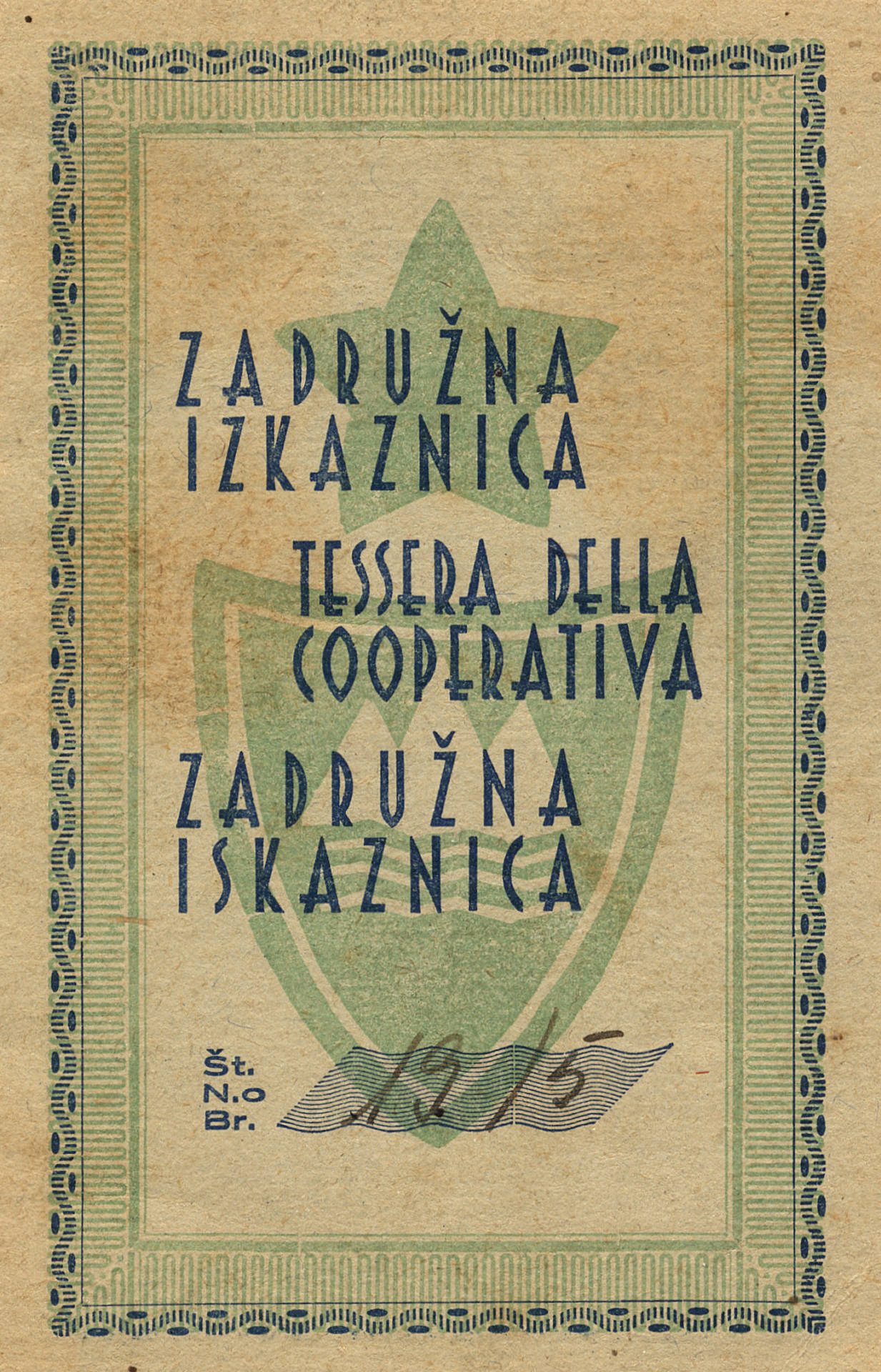
The majority of land holdings in the Koper district were small properties. Early vegetables were the principal crops along the coastal strip, while further inland the emphasis was on viticulture. Slovene Istria was also rich in fruit and olive trees. In the case of livestock, the shortage of animal feed meant that the emphasis was on sheep and goat farming. In the first years after the war farmers faced constant shortages of seeds, fertilisers, crop sprays, and so on, since supplies from Yugoslavia were insufficient and even purchasing these items in Trieste (in Zone A) became more difficult following the introduction of the “jugolira”. Later on the problem was addressed by the Institute for Economic Promotion and the Cooperative Business Union in Koper.
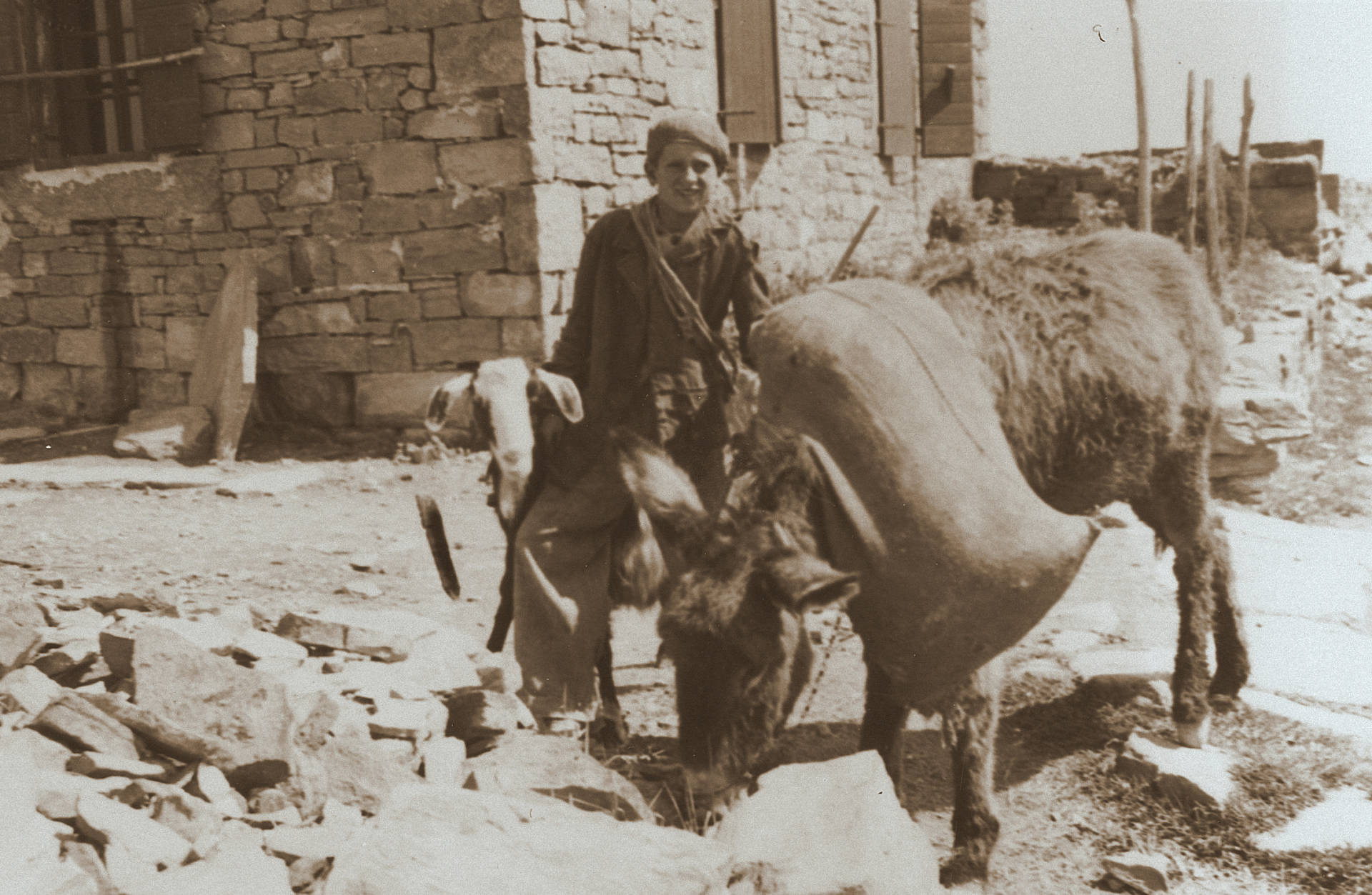
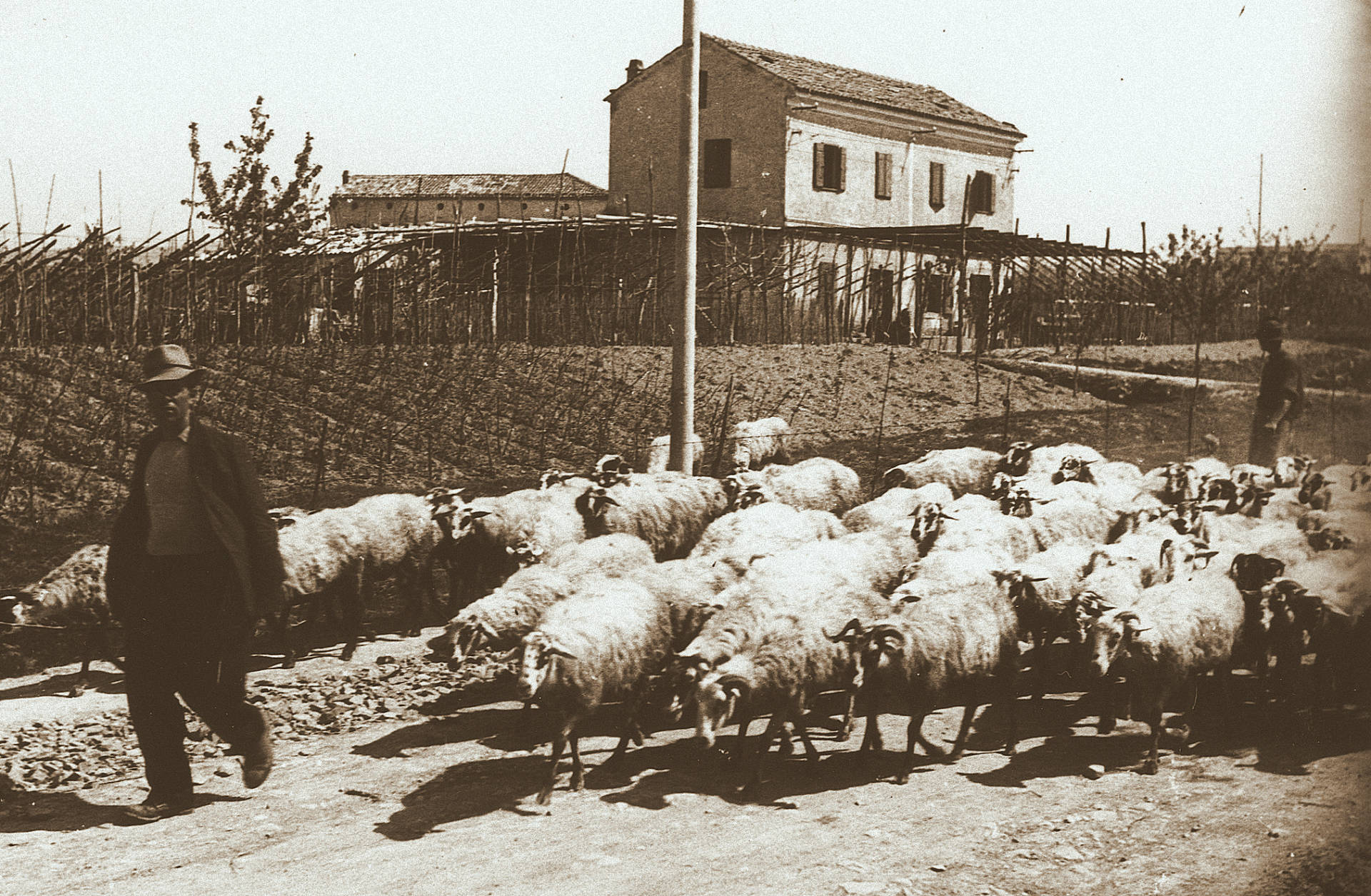
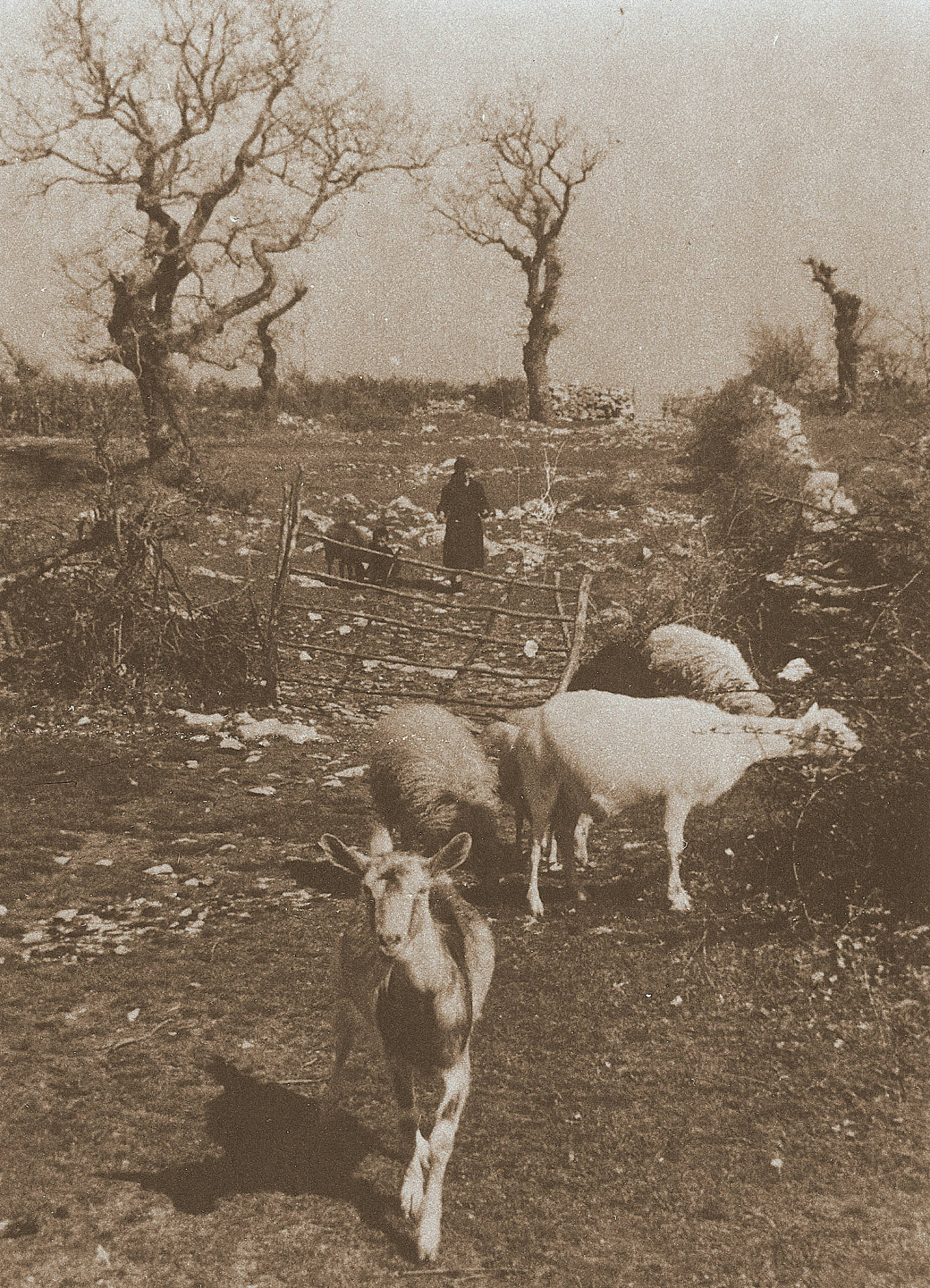
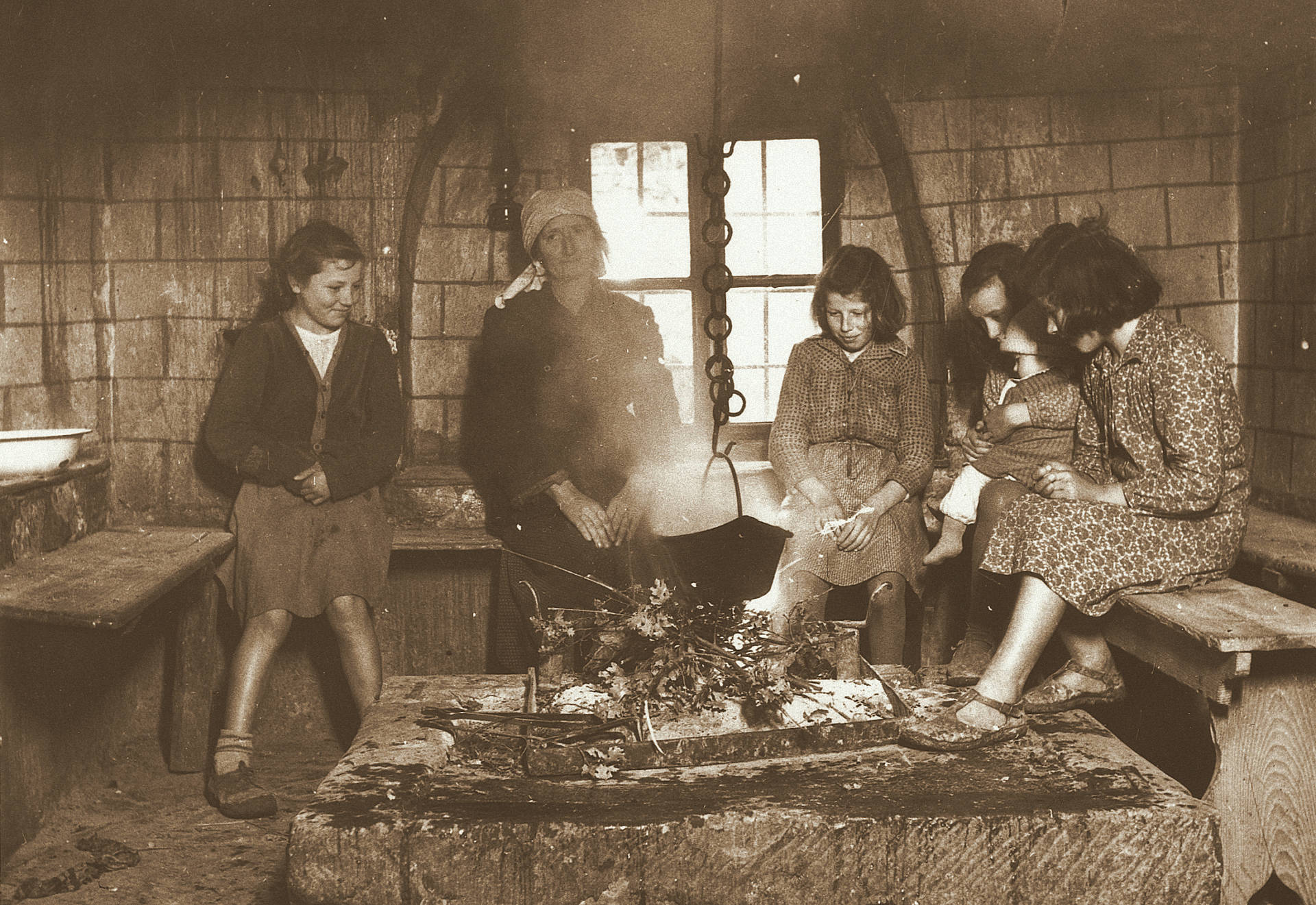 Puče, December 1949 – typical Istrian fireplace.
Puče, December 1949 – typical Istrian fireplace.
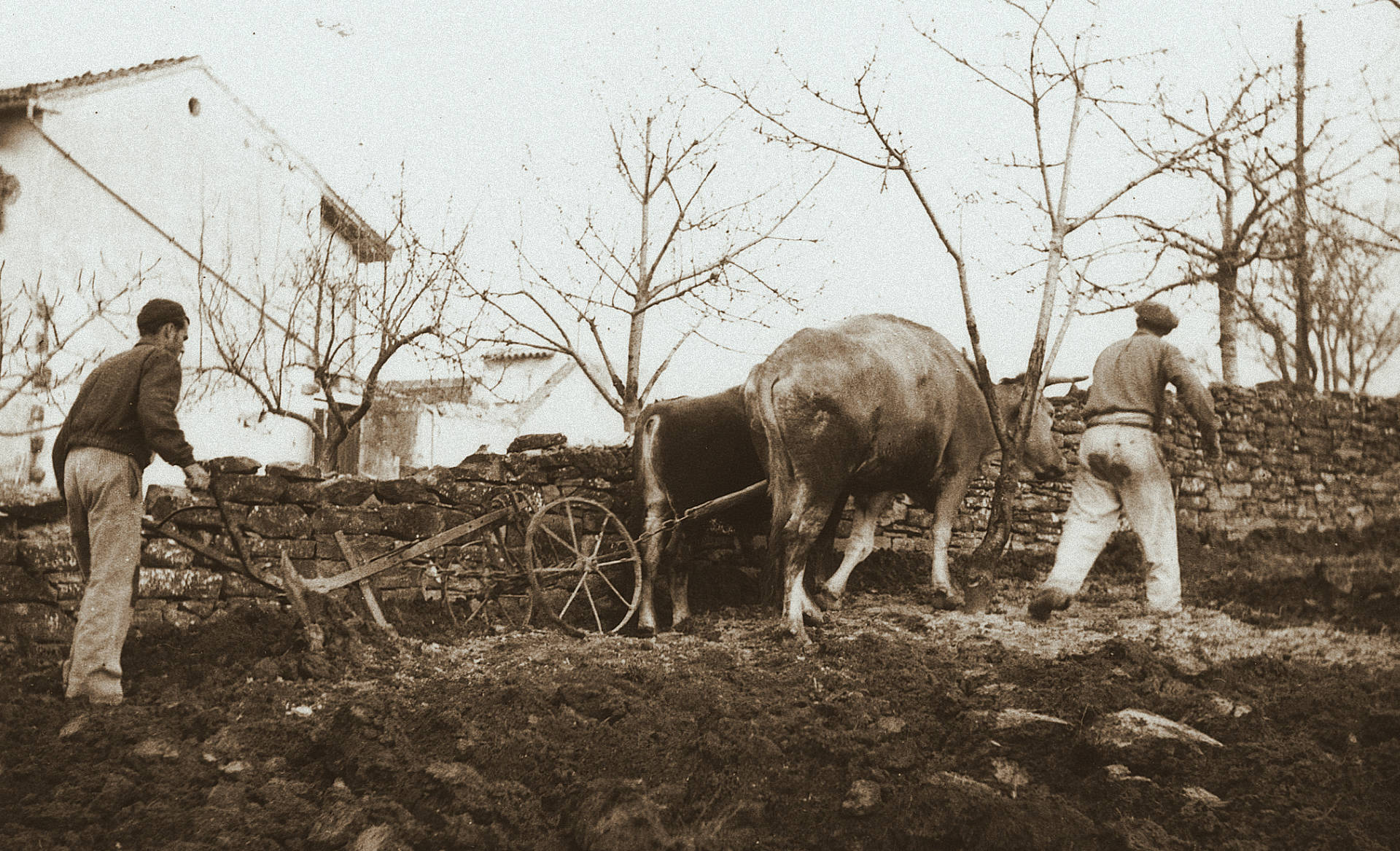 Pomjan, March 1950. Plough drawn by Boscarin oxen, a native Istrian breed.
Pomjan, March 1950. Plough drawn by Boscarin oxen, a native Istrian breed.
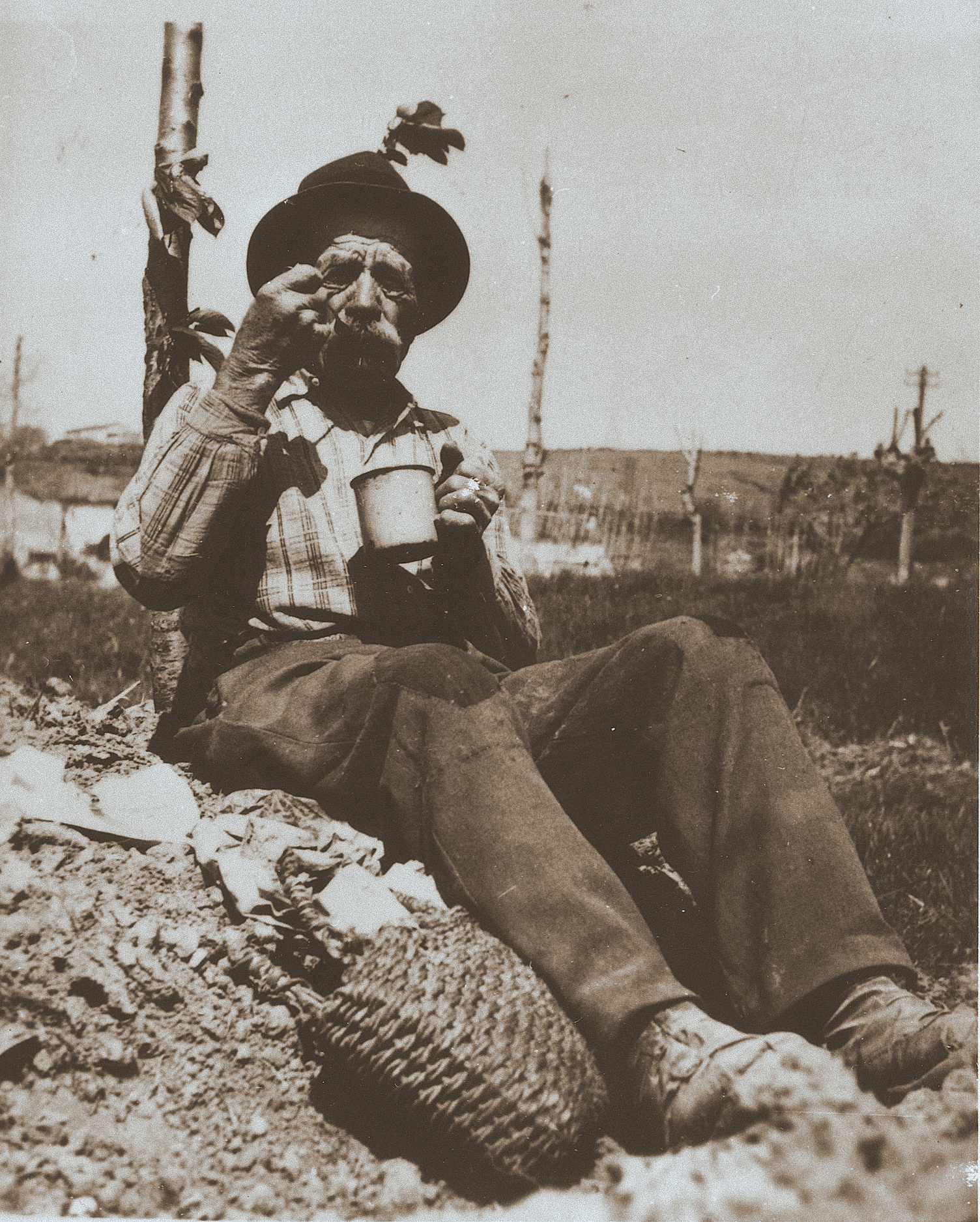 A break and a bite to eat.
A break and a bite to eat.
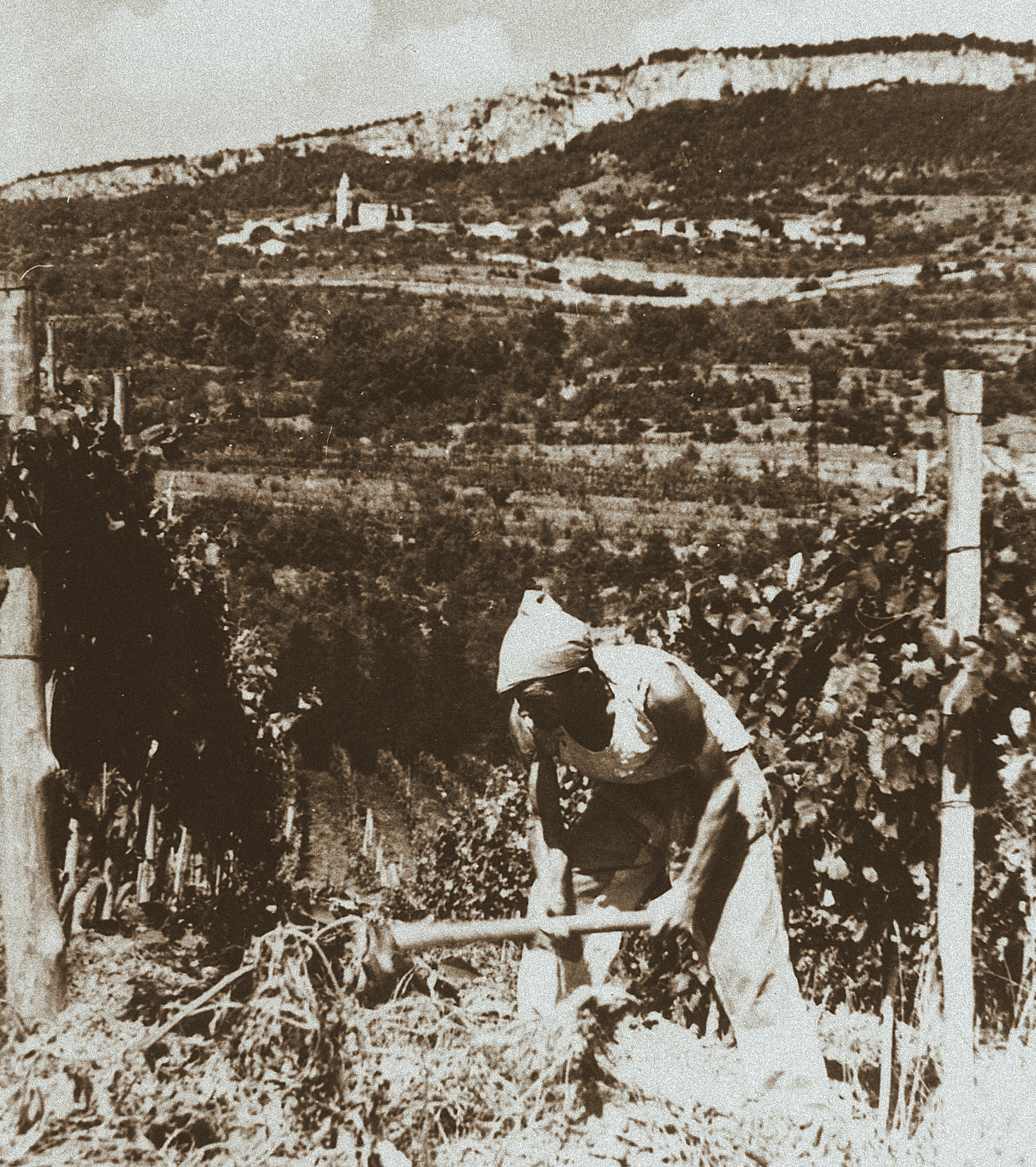 At work in the vineyard.
At work in the vineyard.
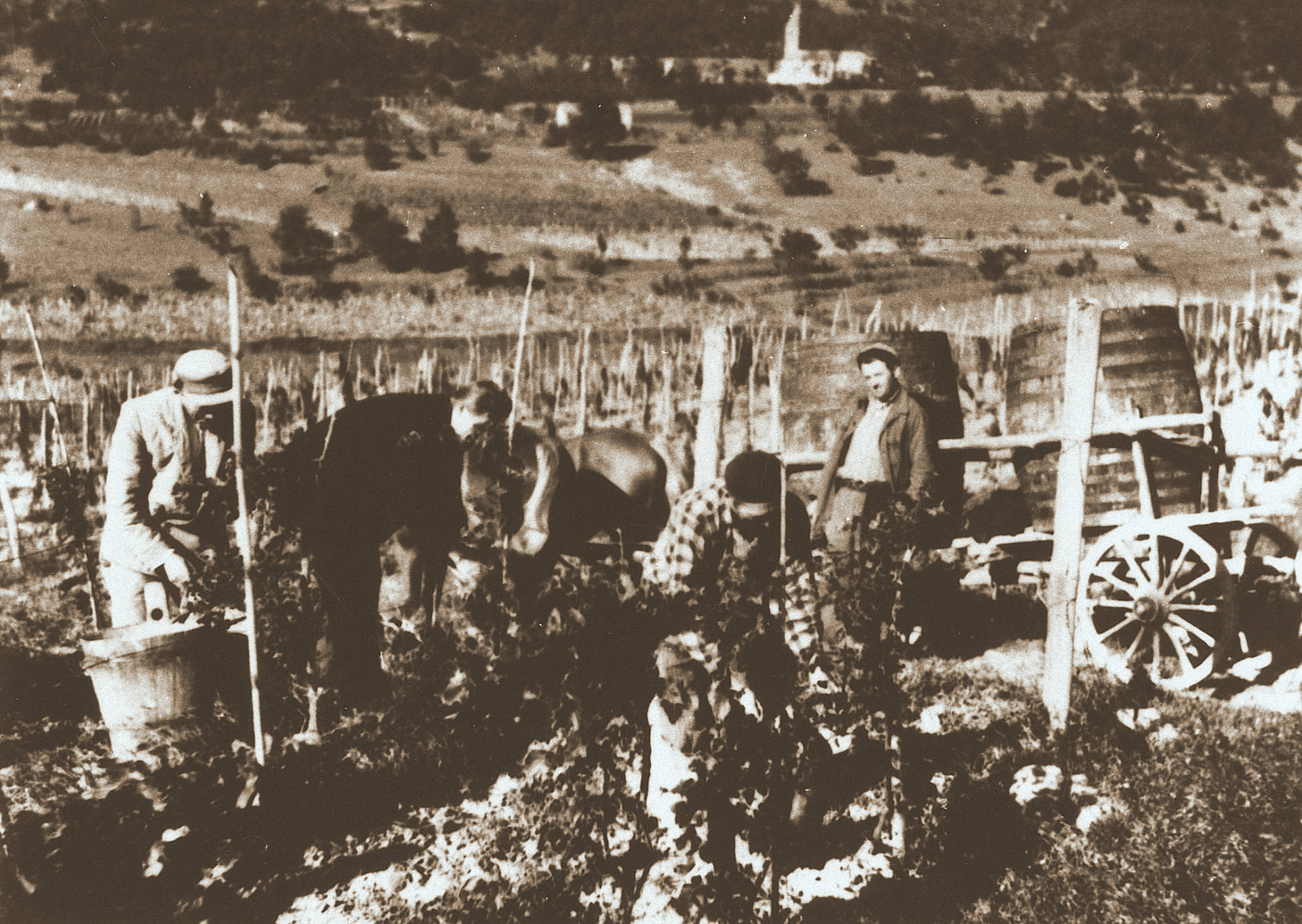 At work in the vineyard.
At work in the vineyard.
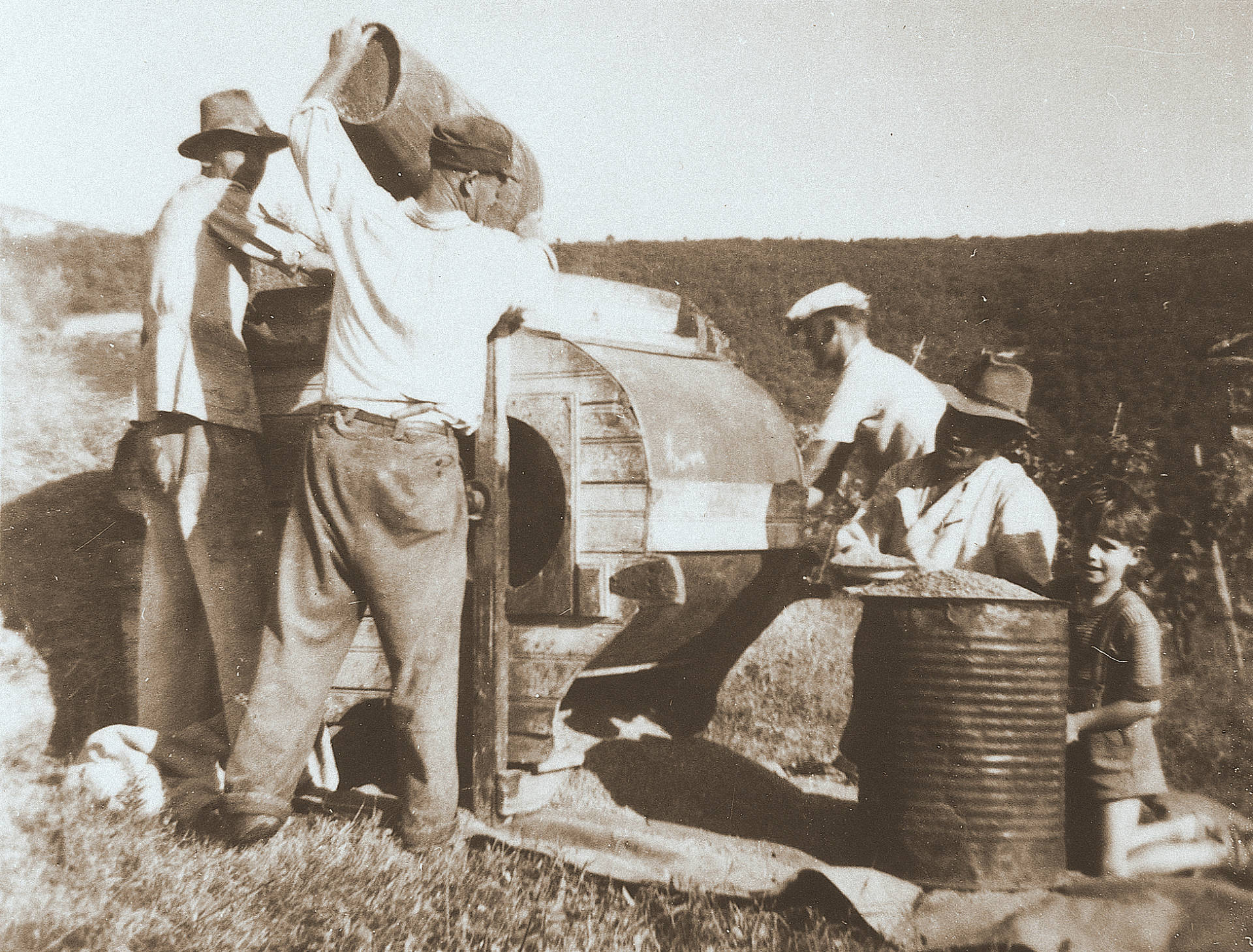 At work in the vineyard.
At work in the vineyard.
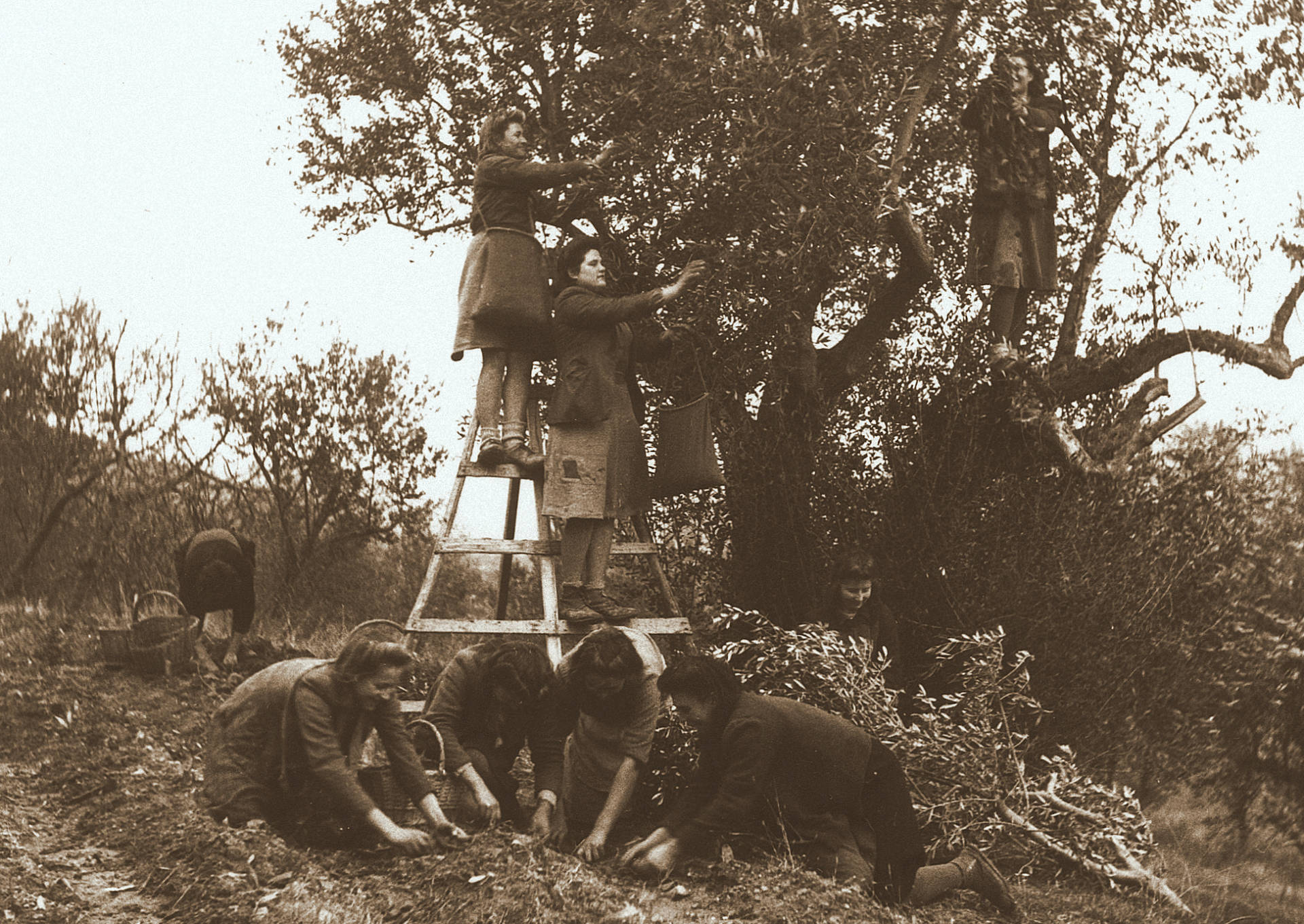
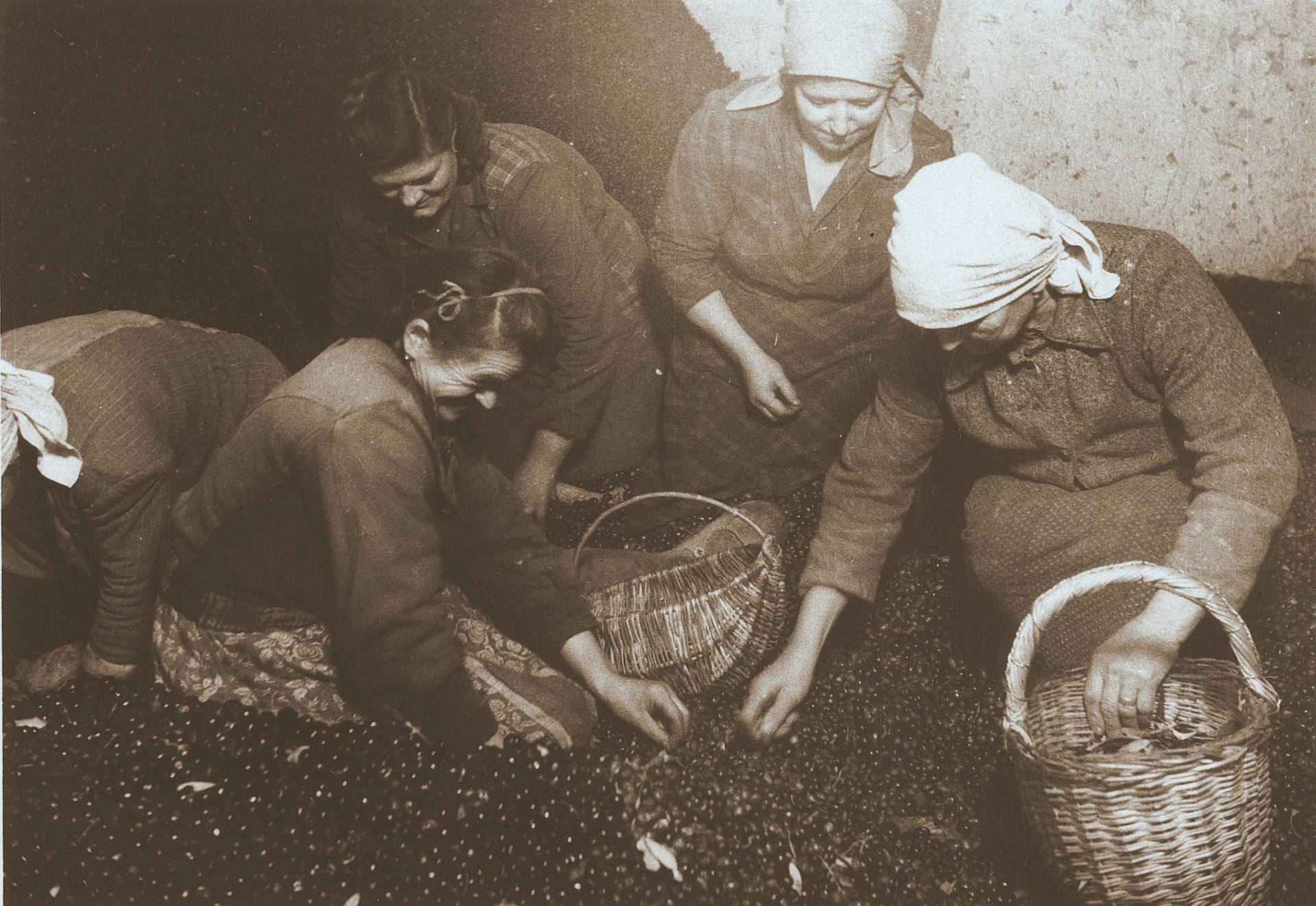 Puče, 1949 – harvesting olives.
Puče, 1949 – harvesting olives.
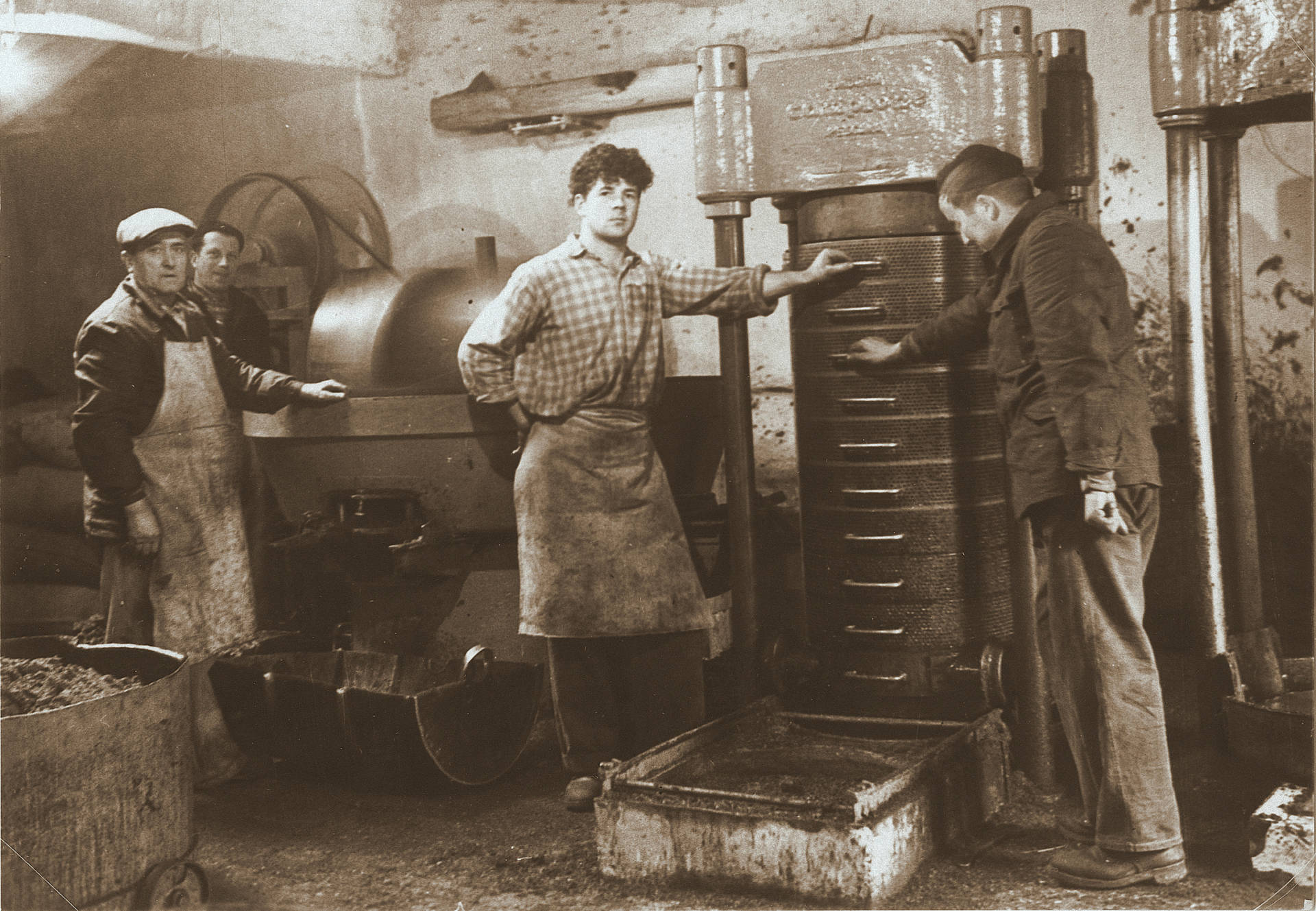 Plavje, December 1952 – the Čok family’s olive oil press.
Plavje, December 1952 – the Čok family’s olive oil press.